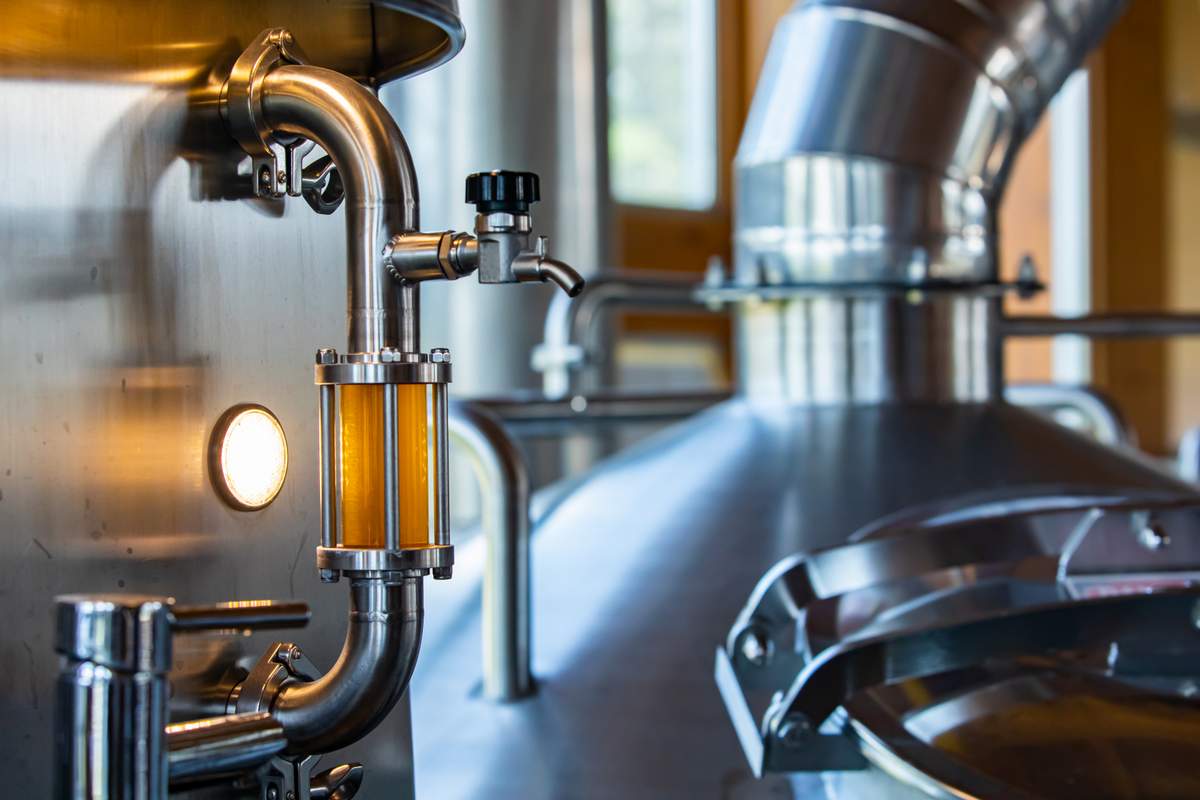
As we begin to see some light at the end of the tunnel of the COVID-19 pandemic with the development of vaccines and reopening of restaurants, bars and taprooms, for brewers, it might feel just as challenging as it does exciting. Prior to the pandemic, as craft brewing gained momentum and craft beers gained popularity, brewers were already facing a number of hurdles — conserving resources and ensuring a consistent product in the face of growing competition among them.
As we start to bounce back from the heavy impact the pandemic had on the craft brewing industry, consistency remains a challenge, along with others: cost savings, sustainability initiatives and the aluminum shortage. If you’re in the brewing industry, juggling all of these issues likely seems nothing short of overwhelming. But, by approaching them strategically and creating efficiencies in your breweries, you can come out ahead and focus on what matters most: your product.
Automation is one way to save time, money and resources, and it’s not reserved solely for large breweries. There are simple, cost-effective changes that small and large brewers alike can make to save on resources and work toward sustainability goals.
How automation helps brewers save
There’s a reason why larger breweries have automated the majority of their processes, from brewing to sanitation to packaging. Automation helps dial in chemical concentrations, conductivity probes and titration, minimizing waste and providing the exact amount of chemistry, water and resources a brewer needs to produce their product. This precision creates significant savings in water usage, chemical usage and labor, as well as improve safety and help make a remarkably consistent product, meaning brewers not only have a much more efficient process, but a higher level of quality control.
Some breweries have automated brewing processes, but some still rely on manual labor for cleaning and sanitation or may not have automated any processes yet. However, concerns around the environment, COVID-19 and product quality make automation perhaps even more beneficial to brewers than in the early days of craft brewing.
Here are some areas where automation can help control and reduce.
1. Water usage
According to Statista, there are now nearly 8,800 breweries in the United States, and the average brewer uses seven barrels of water to every barrel of beer produced (Brewers Association). That’s an enormous amount of water, regardless of the number of barrels of beer you produce — for example, if you produce 5,000 gallons of beer per year, that’s 35,000 gallons of water, while the most efficient (often automated) processes use a much lower ratio of water used to beer produced (e.g., 4:1). 7:1 is not only a lot of wasted water but also a lot of wasted money as well literally going down the drain.
Coupled with the heavy usage of water is an increasing concern about phosphorus pollution. With many cleaning chemicals containing phosphates — and an increase in sanitation following the COVID-19 pandemic — local municipalities are tightening regulations on wastewater to help curb phosphorus pollution and prevent algae blooms or threats to wildlife and the environment. That means breweries may need to reevaluate the sanitation chemistries they’re using or reduce water usage to avoid fines and a negative impact on the environment.
Automation helps brewers mitigate these issues by controlling the amount of water used in brewing and cleaning processes. Because automated systems use the proper amount of water required — nothing more, nothing less — automation creates consistency and helps brewers avoid using excess water. Automation will ultimately help you minimize water consumption at your brewery, which in turn will help you ensure a consistent product and avoid unnecessary costs and negative impacts on the environment.
Do you love brewing equipment? Ok, that’s a little weird, but it’s cool. We get it. Dig all these stories on brewing equipment. Get sick with it!
2. Chemical use
Automated systems work to control chemical usage in the same way as they do water and remove human error from the sanitation process. Automated equipment helps achieve the right chemical concentrations, which can end up saving large amounts of chemical (as well as water). There’s a perception that using more cleaning chemicals or higher concentrations will result in better sanitation. However, chemistries that are too concentrated or over-applied will require an increase in rinse water. This increase potentially exposes the surface to more bacteria and can negatively affect the quality and flavor of the end product, while wasting both chemicals and water. Automation will dispense the correct amount of chemicals every time, whereas the concentrations will likely vary even mixed by the most careful human worker and have the possibility of spillage.
3. Energy consumption
Like water and chemical usage, automation also allows brewers to dial in energy consumption and temperature control. In some systems, brewers can even adjust and monitor temperatures remotely, helping to ensure accuracy and consistency, while also saving energy. Consistency in the temperature during the brewing process is particularly important, not only for the product, but also in saving natural gas — 45 percent of a brewery’s natural gas consumption comes in brewing itself, and thermal sources average 70 percent of the energy consumed in the brewery, accounting for 30 percent of the total energy cost, according to the Brewers Association.
While we tend to see energy as an expense we can’t control, like the Brewers Association writes, “breweries that do not pay attention to the opportunities at all levels of their operations may miss out on potential cost saving and revenue generating measures.” Temperature control during brewing is certainly one of those measures and is easy to implement and efficient in practice.
Cleaning and dispensing processes: a good place to start
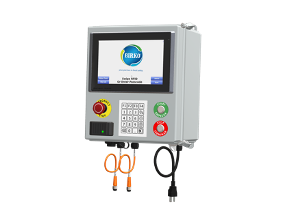
It’s no secret that automated equipment can be an upfront investment, and it’s not always one that’s immediately feasible depending on the size of the brewery. Automating routine processes like cleaning-in-place (CIP) or other sanitation practices is a cost-effective way to start seeing a return on investment more immediately. Sanitation equipment like high efficiency pumps, foamers and dispensing units provide the exact amount and concentration of chemical needed with a smaller investment. Brewers looking for long-term solutions or more significant water and chemical savings can look into centralized and decentralized automation systems. These more complex systems not only offer chemical and water precision but can also be accessed remotely and provide reports for higher accuracy.
If you haven’t yet considered automation or are just starting to, now is the time to review your brewery’s processes and where you can start saving. After industry-wide disruption, we’re at an important crossroads. We can return to previously existing norms, create new ones, or fall somewhere in between. Automation gives us the opportunity to innovate within our practices, overcome monumental challenges, and reinvent the industry — regardless of how many barrels we produce.
George Allen is the business development director of brewing and distilling at Birko.


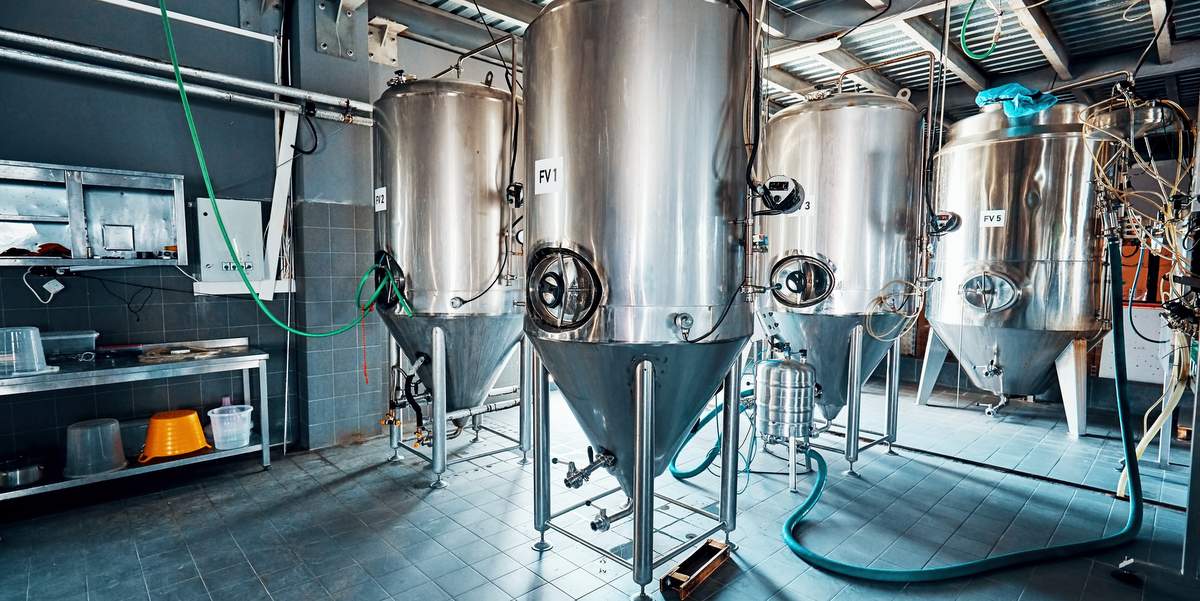
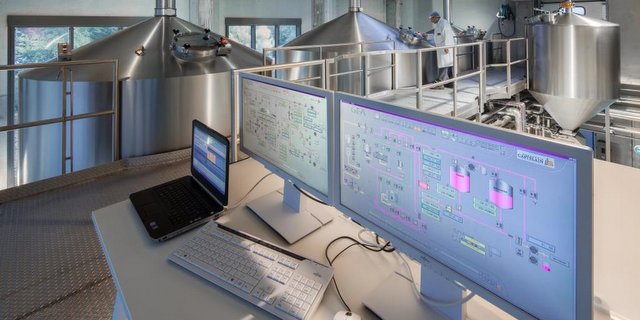
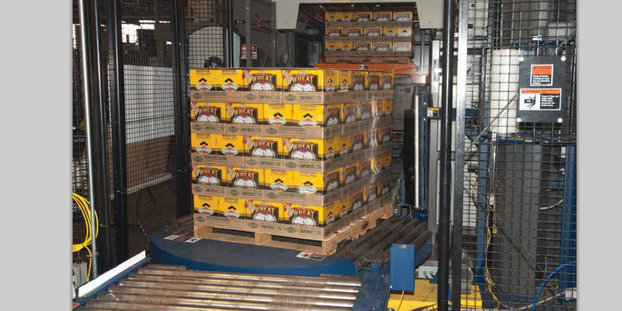
Leave a Reply
You must be logged in to post a comment.